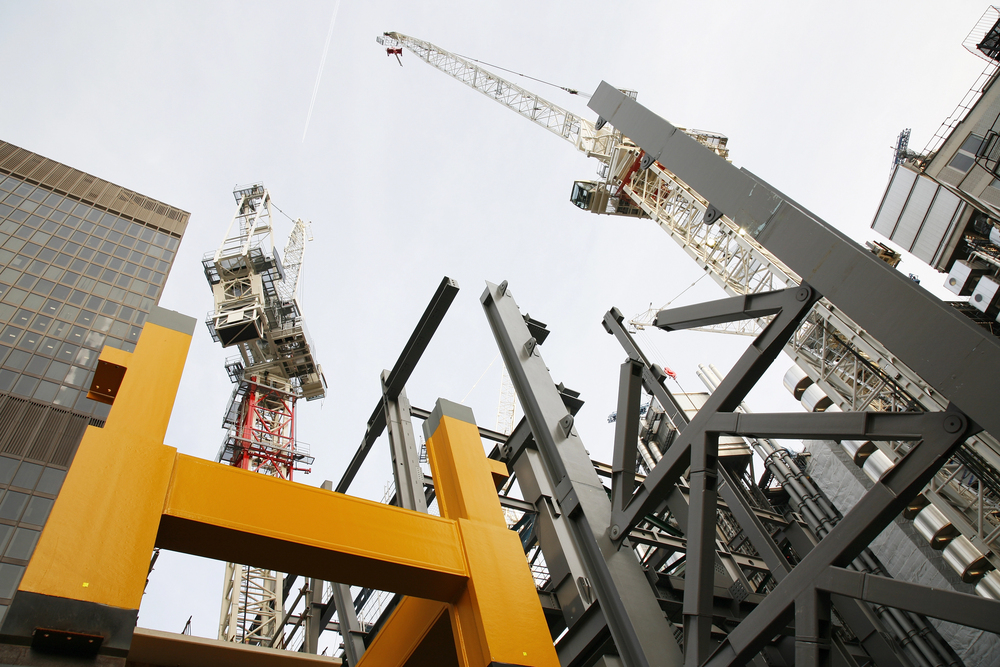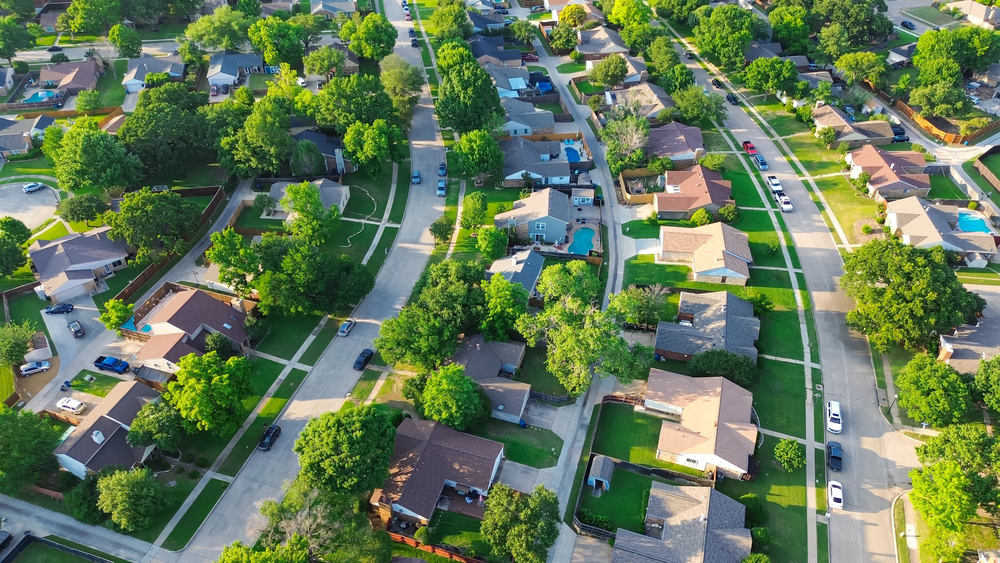How to Talk to Your Clients About Rising Homeowners Premiums

As an independent agent, you have the combined superpowers of ease, choice and advice. While your daily to-do list can make your superpowers feel mundane, a coverage consultation with you could be the most important conversation of someone’s life.
As home premiums rise, price fatigue or outright sticker shock are causing homeowners to ask to reduce coverage, especially Coverage A. Errors & omissions impacts aside, in these situations it’s critical to educate your customers today so they don’t have to make tough decisions later.
Here are five ways to safeguard your customers and your peace of mind.
1) Be ready to explain how Coverage A changes impact home premiums. In the wake of the pandemic, prices have risen sharply on construction materials. Plywood and paint prices have surged by more than 80%. Lumber, shingles, appliances, furniture and everything else are rising fast, too. Supply chain disruptions and labor shortages have further increased prices. As a result, replacement cost calculations and Coverage A are increasing, along with insurance premiums. Otherwise, the cost of rebuilding would exceed the amount covered by the policy.
2) Sharpen your talking points about the difference between market price, new build cost and reconstruction cost. Here’s the difference:
- Market price has no correlation to build cost; it’s just a measure of how much a buyer is willing to pay. Relocate your customer’s home to Manhattan and the market value instantly changes—ditto if it’s by the ocean or in a toxic waste dump.
- New build cost is $100-$200 per square foot for the average home, according to HomeAdvisor. However, costs vary wildly based upon factors like location, land slope, footprint, construction style and quality, foundation. Developers can get closer to $100 per square foot when building a neighborhood of tract homes because they buy materials in bulk and schedule the project for when the weather, labor and finances are optimal. A one-off build, however, is much more expensive.
- Reconstruction cost has to one-off rebuild the house exactly as it was as of the date of the loss. Construction materials and a crew must be sourced at prevailing market prices. Demolition is time consuming and the crew must work around existing sidewalks, driveways, trees, and other obstacles, which can prevent access with heavy machinery, adding time and expense. Other complicating factors, like inclement weather, the need for specialized crews, sourcing matching materials, or supply chain interruptions can further drive up costs.
3) Always run your own replacement cost estimate (RCE). You may be tempted to do an apples-to-apples quote using the customer’s current Coverage A amount, but that’s risky. Sixty-four percent of U.S. homes are underinsured by an average of 27%, according to CoreLogic’s Residential Cost Handbook. That means two out of every three homes you’re quoting don’t have enough Coverage A to rebuild them, even with 25% extended dwelling coverage (EDC).
If you don’t want to take the time to fill in the cost guide for a quote, figure out the cost per square foot your carriers are using in your area for finished and unfinished space and do some quick math. One immediate way to stand out as a risk advisor is explaining the impact of inadequate insurance. After all, no one wants to tell their kids they have to share a single bedroom and bath because there wasn’t enough coverage!
4) Add EDC to every quote. The coverage amount you recommend needs be enough to rebuild the house today and for the next 12 months. Through June, year-to-date inflation is 9.1%, which means the Coverage A for homes written in January may already be outdated. That’s why fudging the replacement cost estimator and relying upon EDC to cover the gap is risky.
The best way to ensure adequate coverage is including EDC on every quote. Some homeowners may balk at the expense, but it’s their best protection against rising prices. If they decline EDC altogether, you might consider asking them to sign a rejection form spelling out why they rejected the coverage.
5) Communicate with your customers. Most people know little about home construction and even less about insurance. Use email, social media or your newsletter to communicate proactively about how property insurance is being impacted by the rising costs of construction materials and what to expect for Coverage A—and renewal premiums—for the next year. At the least your customers will be prepared for an increase, and you might avoid some sticker shock phone calls.
Proactive education today can help your customers avoid the heartbreak of discovering they’re underinsured after a devastating loss. Your independent agent superpowers of ease, choice and advice have never been more important.











